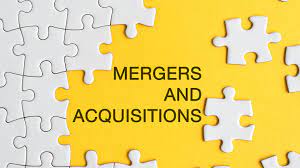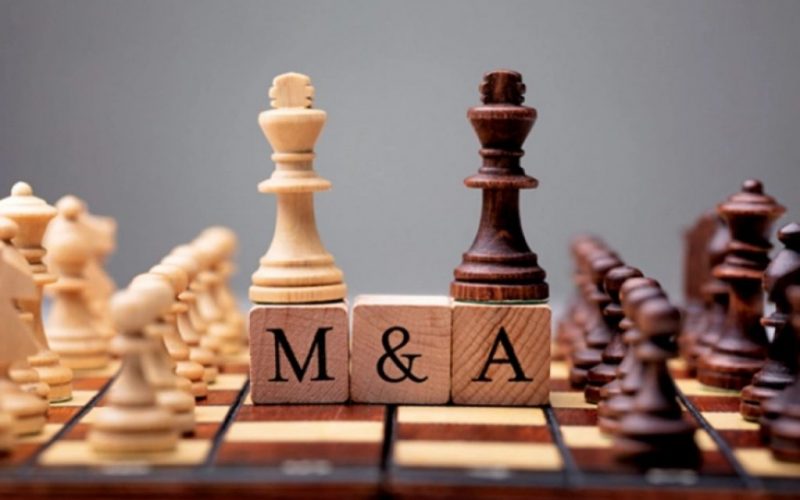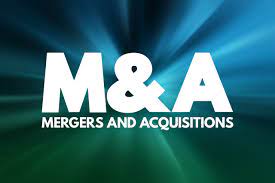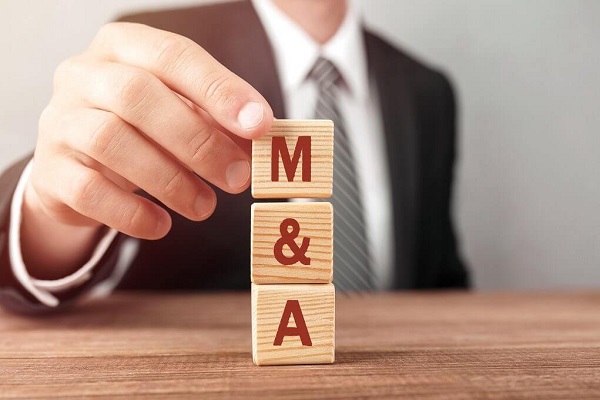09
Oct
The claims process for car insurance typically involves several steps. While the specific procedures and requirements may vary among insurance companies, here is a general overview of the car insurance claims process: Report the incident: As soon as an accident or incident occurs that may result in a claim, you should contact your insurance company to report the details. Usually, this involves calling the insurer's claims hotline or contacting your agent. Be prepared to provide information such as your policy number, the date, time, and location of the incident, and a description of what happened. Documentation: Your insurance company will…









